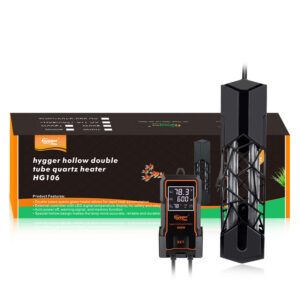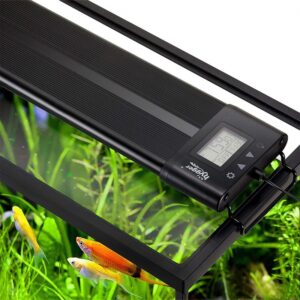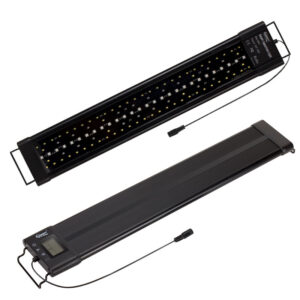Popular Types of Cichlid – Global Distribution
You may have been thinking of buying a Cichlid, but you are not sure what it is and the basic information about it. If this is the case, here is an introduction to Cichlid that will answer some of your questions. Cichlid is a popular choice among aquarium lovers as it is not only easy to maintain but also affordable.
Cichlid Contents
Whether you’re looking for a unique and interesting fish or want to add more color to your aquarium, you’ll find a wide range of Cichlids to choose from.
What are the different types of Cichlids?
There are several types of cichlid. The majority of cichlid species are found in African puddles. The African butterfly cichlid, for example, comes from Liberia. Asian cichlids are found in Israel, Lebanon, Syria, Iran, and India. They can be found in various colors and patterns.
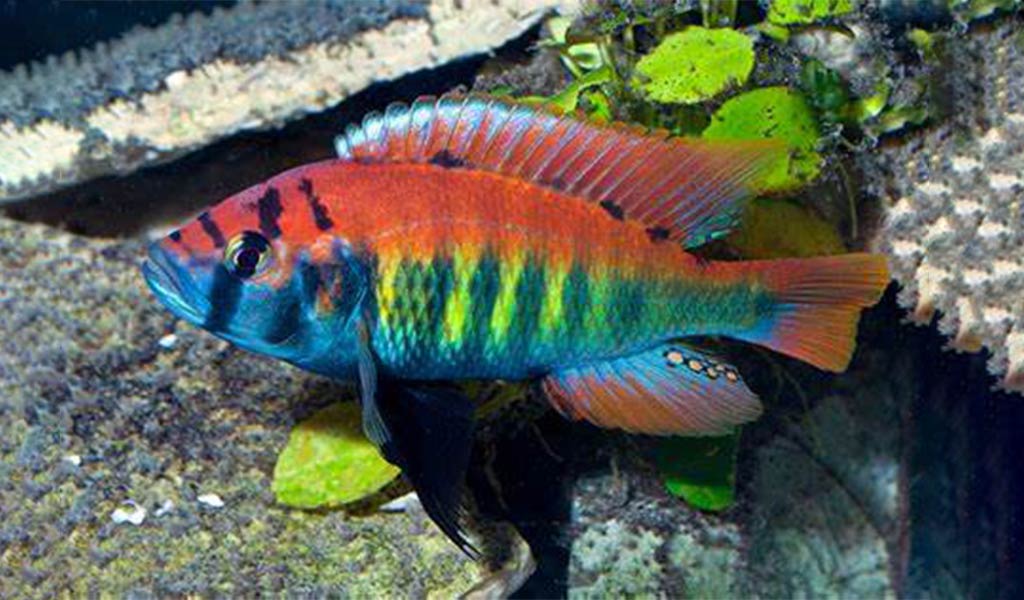
Some cichlids are solitary, while others are social and can live in the community. African cichlids are often kept alone, as they can be aggressive. However, some species do well in aquariums. The electric blue hap is strikingly beautiful. The female tends to be smaller and a lighter blue than the male. Cichlids are peaceful but can become territorial during the breeding season.
Male African cichlids typically have yellow spots on their anal fins. All cichlids are different in size. The smallest species of the Cichlid family, Neolamprologus multifasciatus, grows to two inches in length. The largest species of the Cichlidae family, the giant cichlid, grows to three feet. They all have teeth, but bites are rarely painful, and they don’t often break the skin.
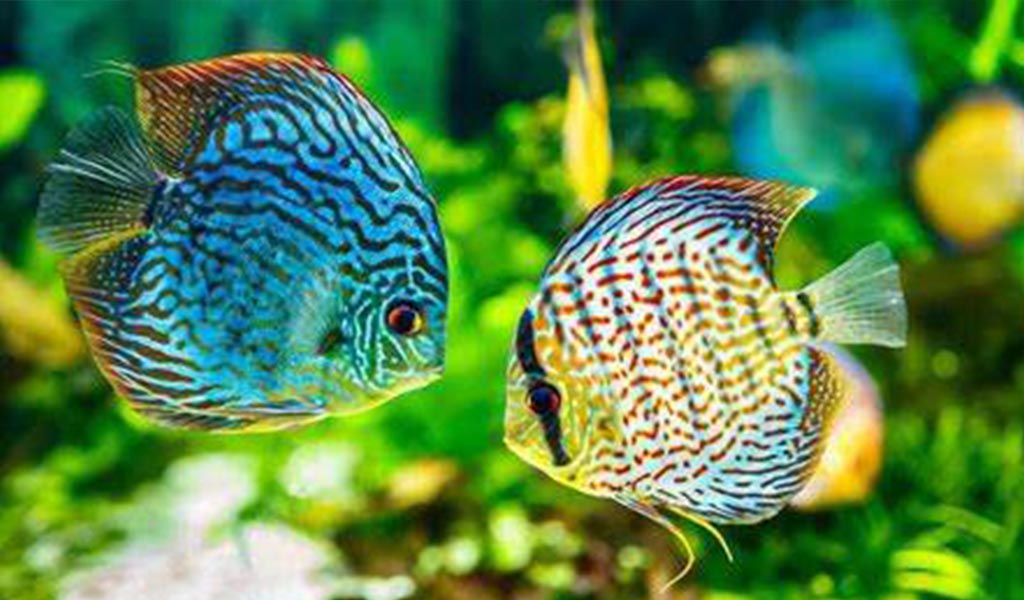
Dwarf cichlids are small and peaceful.
They tend to be less aggressive than other cichlids and pair well with other peaceful species. Their size is moderate, and they can be kept in tanks with similar-sized fish. Some species can be aggressive, but they will never harm their friends. As long as you have a tank with the right water type, you should have no problem with these fish.
Discus cichlids are a highly sought-after aquarium fish, but are difficult to source and care for. Their disc-like shapes are what distinguish them from angelfish, and they are one of the most compressible cichlids, making them susceptible to disease. For this reason, they are not the best choice for beginners. They are difficult to keep and can be extremely stressful.
There are many different species of Cichlid, but the two most commonly seen in aquariums are the Bolivian Ram and the Blue Ram. The former is considered the best Cichlid for a community tank. The latter is not aggressive, but they do need a high-quality water source. They are also known to be peaceful, so they are ideal for community aquariums. They prefer hiding places.
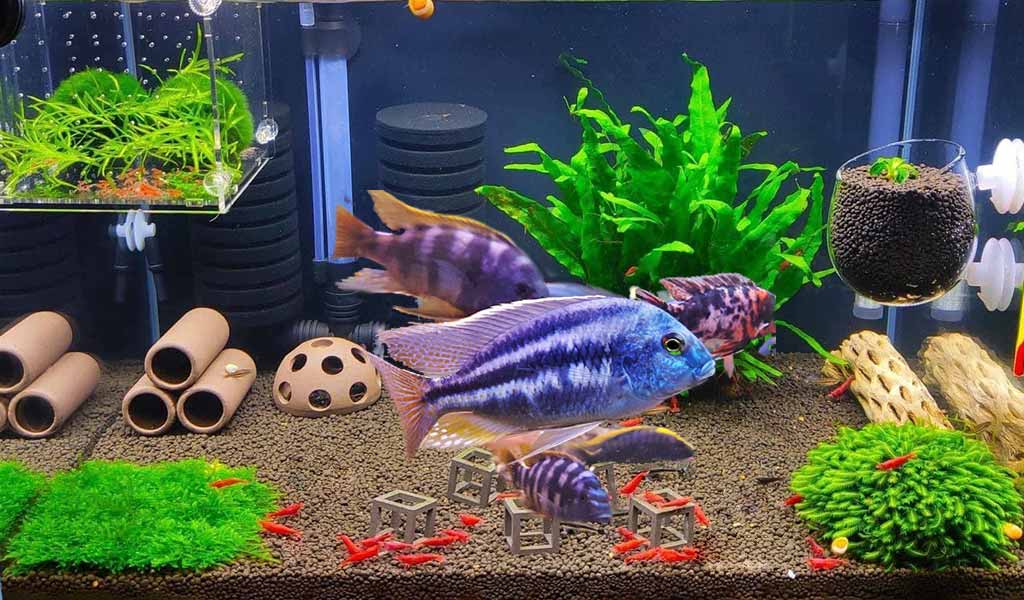
What kind of fish tank is more suitable for Cichlid
The following are some guidelines to help you build the right one. You should choose the tank with the appropriate water temperature, live plants, and a large enough swimming area. It is not advisable to mix different types of fish in one tank. This can have negative effects on the health of the fish. Cichlids will attack small peaceful fish, but plecos are easy to go with them.
Usually, an African cichlid needs at least 30 gallons of water to thrive. Although these fish are smaller than other types of tropical fish, you can still keep a 55-gallon tank for them. Although this size may seem large, it still easily fits in a typical home aquarium.
Choose a fish tank with plenty of hiding spots for your cichlids. Rock formations and driftwood are excellent choices for providing hiding places. These decorations help mimic the natural habitat of the species.
African cichlids are territorial fish. If you’re worried about your cichlids being attacked, consider a solo species tank. A solo tank can still be colorful but is safer than a mixed tank. Aside from plants, African cichlids also need a suitable heater and filter. Depending on the species of cichlid, you might want to invest in special lighting. In addition, the water temperature should be moderate enough to mimic their natural environment.
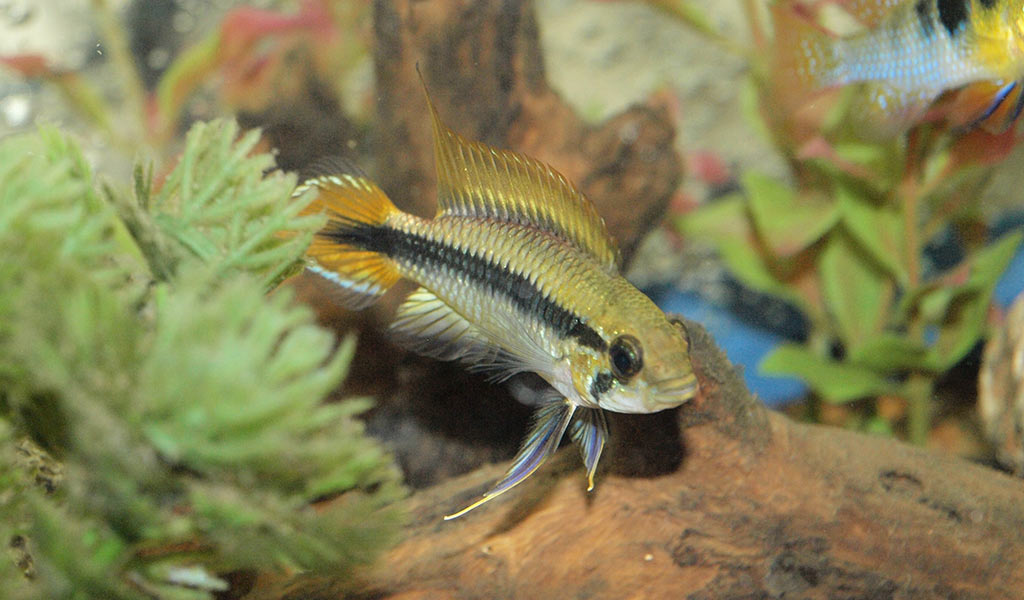
Aside from the different species of cichlids, you can also choose to get a hybrid. The red devil cichlid is one of the most attractive types, but it can get aggressive with other types of fish. A tank of 55 gallons is sufficient for a male blood parrot hybrid. The black belt cichlid is moderately aggressive. It can grow up to 12 inches. Different from small fish, African cichlids need more space.
African cichlids can vary in size from 3 to 5 inches (7 to 13 cm). The most common species in an African cichlid tank are the mbuna (rock-dwelling) cichlids. They are the largest and most colorful ones, but their aggressiveness can be curbed through overstocking and frequent feeding. They require a large tank, preferably with cave features and rockwork.
While you should be aware of the size requirements of your new cichlid, it is important to check with your local pet store for information on the recommended tank size for particular Cichlid species. In general, bigger tanks are better suited for larger cichlids, but the smaller ones can do fine with smaller aquariums. If you have a large enough tank, you can keep them in twos.
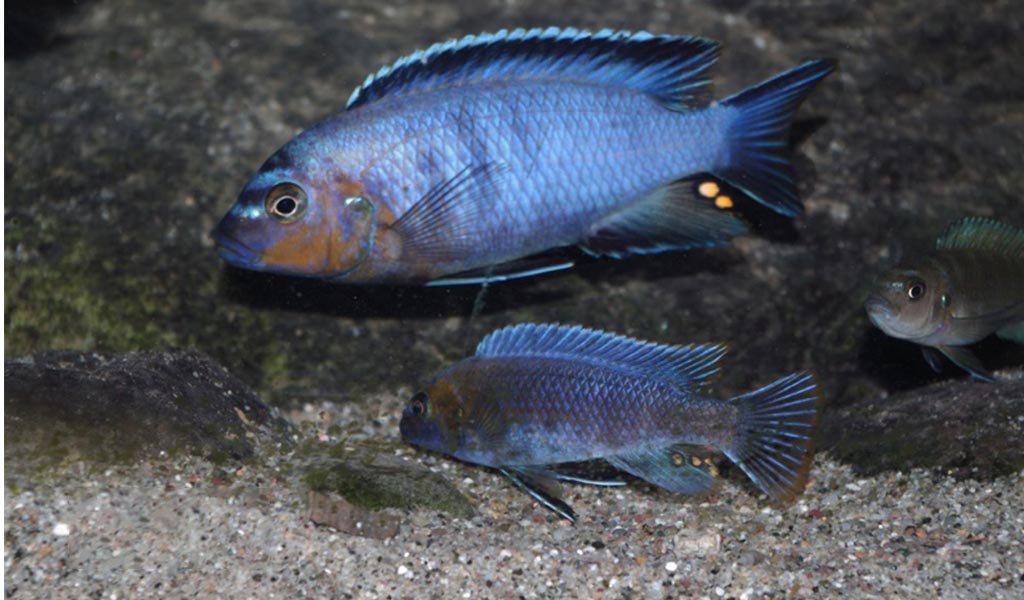
How do Cichlid propagate
A common question for cichlid hobbyists is, “How do cichlids propagate?” The answer depends on the species of cichlid you’re interested in. Most of these species reproduce through mouth-brooding or pair-bonded egg-laying, which is a process in which a female holds her eggs in her mouth for a few weeks before releasing them into the water. The male then fertilizes these eggs with his sperm and releases the eggs.
When starting a new cichlid colony, you’ll want to find a suitable substrate. New Cichlids prefer slightly acidic or alkaline water, and should not be mixed with African cichlids. Choose plants that have a similar size and shape, and don’t overfeed them. They’ll thrive in a tank that is at least 75°F. To ensure success, you’ll need to consider the species’ natural habitat and mimic it as closely as possible.
A good tank is essential for a cichlid’s growth. Ideally, the water conditions in the tank are a replica of what they would find in their natural habitat. Low nitrate water will encourage their rapid growth, and quality filtration will reduce toxins in the water. Frequent water changes reduce stress and allow for a healthy diet that doesn’t slow down their growth. More space is better.
Depending on the species of Cichlid that you choose, spawning methods differ. Some species are easy to breed, while others are difficult. Most new Cichlids will lay their eggs on a solid surface, which will be well-cared for by one or both parents. The first batch of eggs may be consumed by young fish, so you should monitor the spawning process carefully. Once spawning is completed, you can remove the adults from the tank.
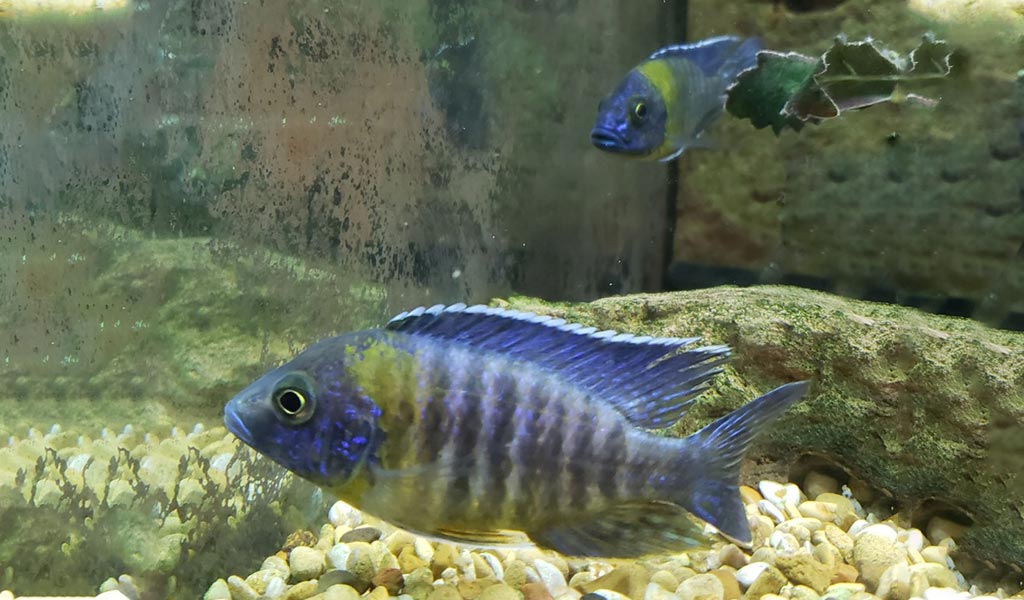
How to help Cichlid breed
If you’re considering breeding a Cichlid, you’ll probably be wondering how old this fish is to reproduce. Whether you’d like to breed one Cichlid or a hundred, the answer will depend on your circumstances. Here are some tips to help you determine how old your Cichlid is and how often she can breed. Also, remember that a female cichlid can only breed if there is at least one male present.
Many people have problems breeding cichlids. Initially, they don’t know how to keep males and females apart, and it can take a while for them to adjust to a new tank. If you’re patient with your cichlids, they’ll eventually pair up naturally. And don’t worry if you don’t notice the first pair – this is perfectly normal!
Cichlid fry will need a hiding place for a few months after the parents have started breeding. Don’t panic if your cichlid starts to spit out their eggs. Keeping your cichlids separated will give you the best chance for successful breeding. And if you do manage to get the fry out of the parent fish, you’ll have a better chance of getting successful babies than ever.
After a few breeding attempts, your Cichlid will finally spawn. However, the whole process is often awkward, and many new moms will accidentally swallow their own young. Once they get the hang of it, your Cichlid will have a clutch of eight to ten eggs. Then, the parents will stay with them for about fourteen days, when it’s time to transfer the fry to a nursery tank.

